Why We Are Not What We Think We Are
Extraits
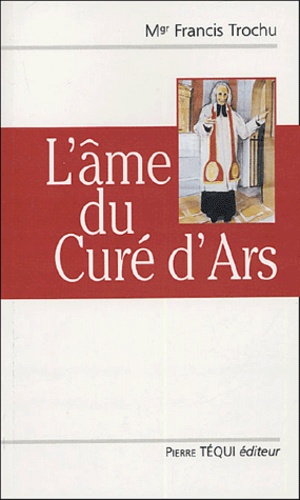
Religion
L'âme du curé d'Ars
01/2005
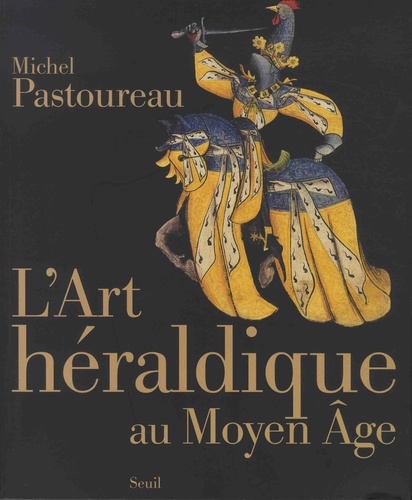
Sciences historiques
L'art héraldique au Moyen Age
03/2018

Littérature française
Le chat ne confie pas son âme aux étrangers
10/2023
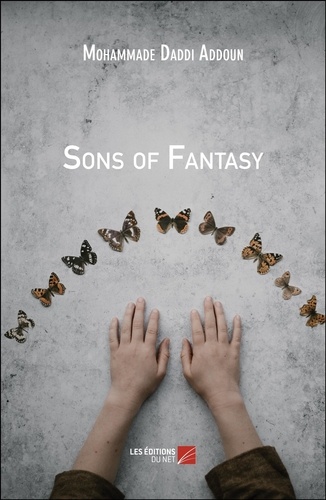
Littérature française
Sons of Fantasy
08/2018
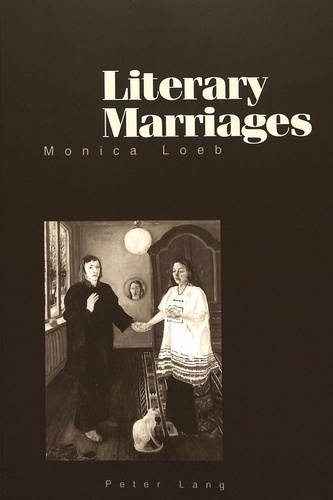
Non classé
Literary Marriages
12/2001
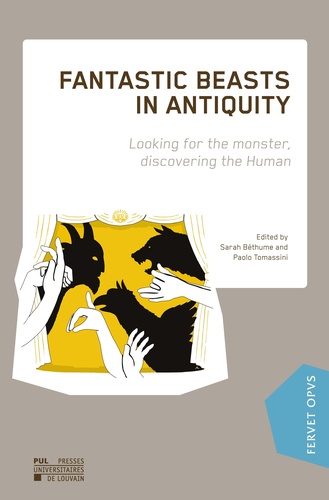
Archéologie
Fantastic Beasts in Antiquity. Looking for the monster, discovering the Human, Textes en français et anglais
02/2021

Beaux arts
L'art de l'âge moderne. L'esthétique et la philosophie de l'art du XVIIIE siècle à nos jours
01/1992
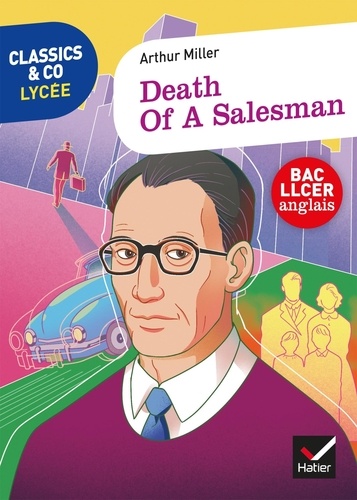
Lectures graduées
Death of a Salesman
08/2021

BD tout public
L'âge de bronze Tome 3 : Trahison. 1re partie
11/2016
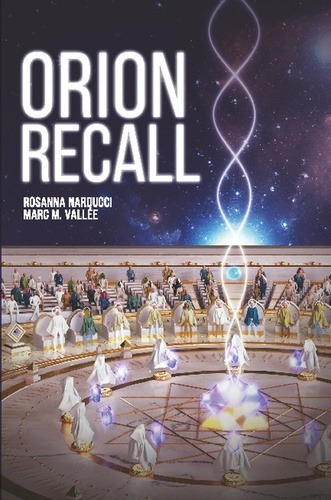
Spiritisme
Orion Recall - Version anglaise
10/2022

Non classé
The Concept of Man in Igbo Myths
11/1999
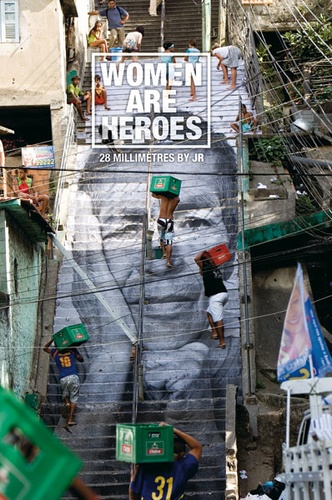
Photographie
Women are Heroes. 4e édition
11/2012
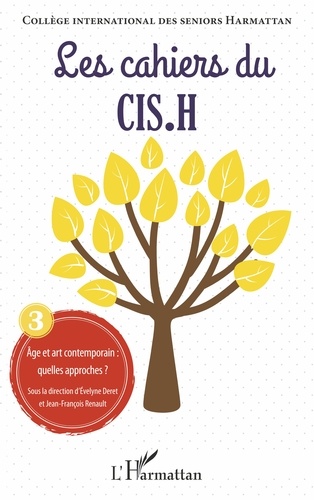
Sociologie
Âge et art contemporain : quelles approches ?. 3
06/2022

Littérature française
Les inventeurs. Essai
02/2017

Droit
Activation Policies for the Unemployed, the Right to Work and the Duty to Work
06/1987

Monographies
Burmese Silver from the Colonial Period
09/2022

Religion
Corporatism and the Stability of Capitalist Democracies
02/1991
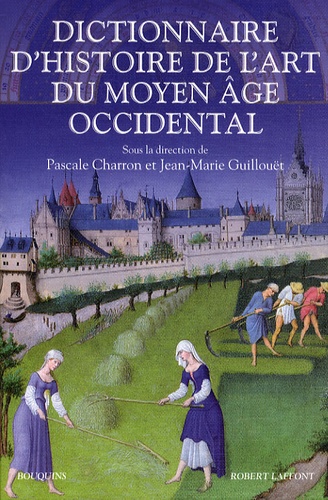
Beaux arts
Dictionnaire d'histoire de l'art du Moyen Age occidental
01/2009

Littérature française
Handicapped
10/2020
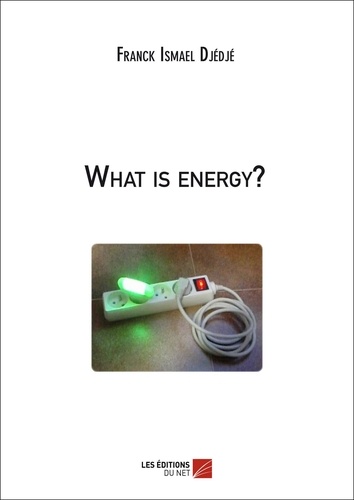
Physique, chimie
What is energy?
01/2016
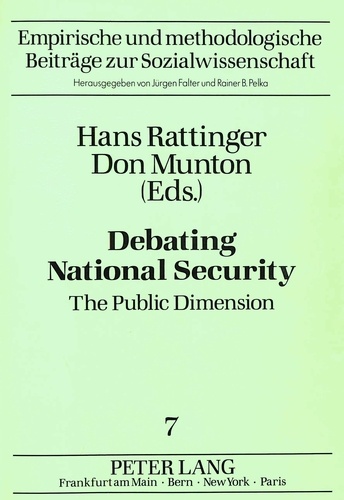
Non classé
Debating National Security
04/1991
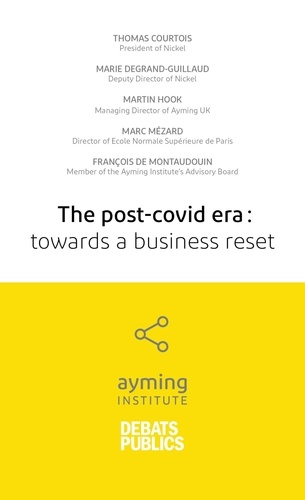
Actualité et médias
Performance post-crise
01/2021

Critique
L'art de vivre longuement sous le nom de Médée
06/2021
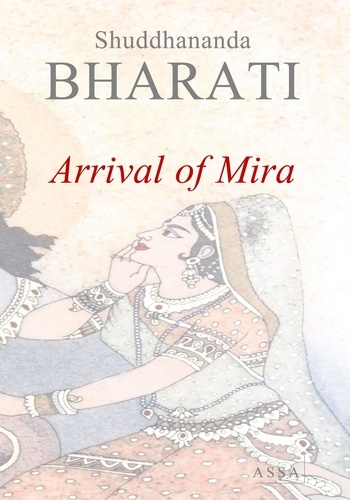
Théâtre
Arrival of Mira, Love story between Bhojan and Mira
03/2013

Autres éditeurs (A à E)
Le chat sans nom
04/2023

Photographie
Photoquai 2015 - 5e biennale des images du monde. We are family
09/2015
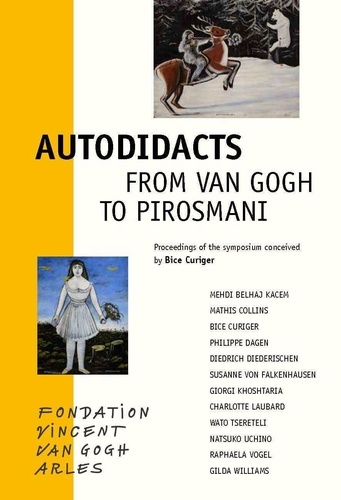
Beaux arts
Autodidacts. From Van Gogh to Pirosmani, 1e édition
01/2021

Histoire ancienne
Ce que l'art préhistorique dit de nos origines
10/2017
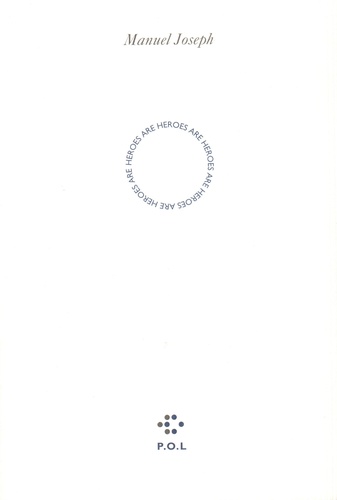
Littérature française
Heroes are Heroes
01/1994
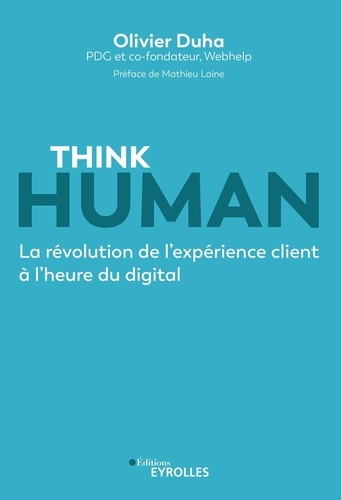
Marketing
Think human. La révolution de l'expérience client
11/2022

